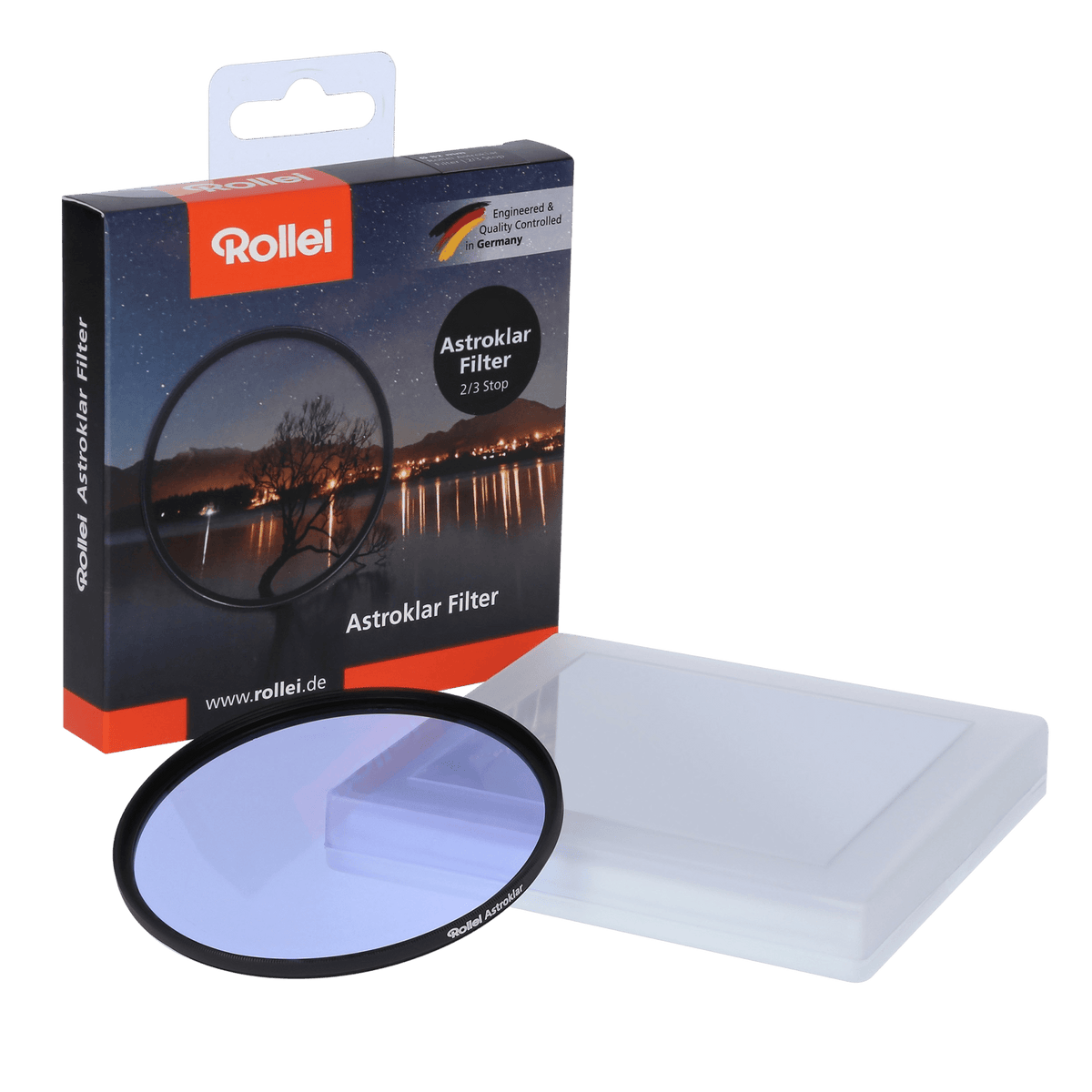Γίνεται τώρα:
Σεμινάριο νυχτερινής φωτογραφίας και αστροφωτογραφίας
https://www.facebook.com/CanonGreece/videos/1150686635315062
Σεμινάριο νυχτερινής φωτογραφίας και αστροφωτογραφίας
https://www.facebook.com/CanonGreece/videos/1150686635315062





| Choosing Color Filters Filters for Observing and Photography |
| Moon • #1A Pink (skylight)- for photography, general filter that penetrates atmospheric haze and improves colour saturation and balance, improves contrast and decreases glare. • #12 Deep Yellow - enhances lunar features. • #15 Yellow - enhances contrast. • #21 Orange - greatly enhances lunar features. • #23A Light Red - enhances lunar features. • #38A Blue - slightly enhances lunar features. • #58 Green (8" or larger telescopes) - enhances lunar features. • #80A Light Blue - greatly enhances lunar features under dark sky conditions. Venus • #12 Deep Yellow - reveals low-contrast surface detail. • #21 Orange - during daylight observing reduces brightness of the blue sky. • #23A Light Red - for daylight observing it reduces the brightness of the blue sky, occasionally deformations are visible. • #25 Red - useful to observe the crisps on the shadow terminator. • #38A Blue - improves observing of dusty markings. • #47 Violet (8" or larger telescopes)- useful for increased contrast of dark shading in upper Venusian clouds. • #58 Green (8" or larger telescopes) - useful for Venusian cloud pattern studies. • #80A Light Blue - useful for increased contrast of dark shadings in upper Venusian clouds. Mars • #12 Deep Yellow - reduces the light from the blue and green areas which darkens the maria, oases and canal markings while lightening the orangish desert regions, also sharpens the boundaries of yellow dust clouds. • #15 - Yellow - enhances the polar caps. • #21 Orange - reduces the light from the blue and green areas which darkens the maria, oases and canal markings while lightening the orangish desert regions, also sharpens the boundaries of yellow dust clouds. • #23A Light Red - reduces the light from the blue and green areas which darkens the maria, oases and canal markings while lightening the orangish desert regions, also sharpens the boundaries of yellow dust clouds. • #25 Red - useful when viewing surface detail. • #38A Blue - useful during the violet clearing and for studying surface features, also helpful in studying localized clouds and ice fogs. • #47 Violet (8" or larger telescopes) - useful for detecting high clouds and haze over the Martian polar caps, very useful during the violet clearing. • #58 Green (8" or larger telescopes) - excellent for increased contrast of Martian polar caps, low clouds and yellowish dust storms. • #80A Light Blue - very useful during the violet clearing, helpful in the study of surface features and polar caps. Mercury • #21 Orange - reduces the brightness of the blue sky to enhance surface features during daylight and to observe the various phases. • #23A Light Red - improves observations at twilight when the planet is low near the horizon and in daylight reduces the brightness of the blue sky to enhance surface features. • #25 Red - increases contrast of the planet against the sky during daylight or twilight. • #47 Violet (8" or larger telescopes) -helpful in detecting faint features. • #80A Light Blue - improves observations of dusky surface markings at twilight when planet is low near the horizon. Jupiter • #12 Deep Yellow - penetrates and darkens the atmospheric currents low-hue blue tones and enhances the orange and red features of belts and zones, also useful for studies of the polar regions. • #21 Orange - improves structure of the Jovian belts and enhances festoons and the polar regions. • #80A Light Blue - enhances the boundaries between the reddish belts and adjacent brighter zones, also useful on the Great Red Spot. Saturn • #12 Deep Yellow - penetrates and darkens the atmospheric currents containing low-hue blue tones and enhances the orange and red features of belts and zones. • #21 Orange - improves structure of the Saturnian bands and bluish polar regions. • #23A Light Red - useful for studying the bluer clouds and the polar regions. • #38a Blue - enhances low-contrast details between the belts and zones. • #47 Violet Green (8" or larger telescopes) - useful in ring structure studies. • #58 Green (8" or larger telescopes) - enhances white features in the Saturnian atmosphere. • #80A Light Blue - enhances low-contrast details between belts and zones. Uranus • #12 Deep Yellow - improves detail in large telescopes (11" or larger). Comets • #12 Deep Yellow - enhances definition in comet tails. • #21 Orange - improves definition of comet dust tails and heads in larger telescopes (11" or larger), combine with a #38A to observe the Sodium D line. • #23A Light Red - improves definition of comet dust tails. • #38A Blue - useful in observing bright comet gas tails, combine with a #21 to observe the Sodium D line. • #47 Violet (8" or larger telescope) - useful for brighter comets. • #80A Light Blue - brings out the best definition in comet gas tails. |



